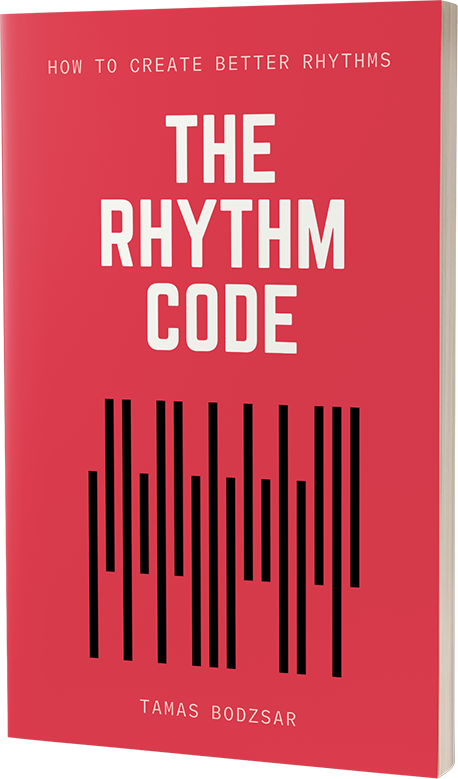
You might think you know how to use a metronome, but chances are, you don’t. After working with hundreds of professional musicians for the past 20 years, I have found that almost all musicians don’t know how to use a metronome – even though they think they do.
If you have read my book, you already know what I’m talking about… but I still feel like I can share more thoughts on this topic.
I learned this method about 20 years ago from my music teacher, who is one of the most famous jazz musicians in the country. Once I realized the power of this practicing method, I tried to promote it among fellow musicians. Most of the time, this effort was in vain. Most people don’t realize the power of this method.
The few people who actually tried it improved their instrumental or vocal skills significantly in a very short amount of time.
The concept is actually extremely simple, and maybe this is one of the main reasons why people usually don’t realize its importance.
So here is the method: Whatever music piece you want to practice, start by playing it at an extremely low tempo. For example, if the original tempo of the piece is 200 bpm, you need to start by playing it at 60 bpm.
Once you can play it at 60 bpm without making any mistakes, you can play it at 61 bpm. And then 62 bpm, 63 bpm… up to 200 bpm.
Now I know many of you think that you already knew this method, and have already tried it, but I’m very sure that you didn’t.
First of all, you probably never started practicing something at a slow enough tempo. But this is the most important part of it. If you can play something at a really, REALLY slow tempo, it means that you can practice it to play it extremely fast.
When you play something at an extremely slow tempo, you have enough time to do everything perfectly… and with repetition, that slow and perfect movement will become a fast and perfect movement.
Secondly, you probably always increased the tempo too quickly. But trust me, even if you increase the tempo by 2 bpm instead of 1 bpm, the result will be different. When you increase the tempo by only 1 bpm, you won’t even notice the difference.
Now you might think that this method is boring and takes a lot of time.
For the first part, I agree. It is boring. But it is a hundred times more effective than anything else. If you can get over this boredom, you will gain superpowers with this method. I’m not exaggerating.
I just read the book “Atomic Habits” the other day, and this is exactly what the author says about habits. He was asking an expert the question “What’s the difference between the best athletes and everyone else?”.
And the answer was: “At some point, it comes down to who can handle the boredom of training every day, doing the same lifts over and over and over.”
For the second part (as it takes a lot of time), I disagree. It might seem like it takes a lot of time. But since it makes your practice much more effective, it actually takes less time to learn something with this method.
I have a friend who plays congas for decades now, and he even traveled to Colombia and Cuba to learn from experts. But even though he is a very enthusiastic and motivated musician, he always had problems with keeping the tempo of the music.
One day (after knowing him for many years), I told him honestly, and I also told him how he can be more
accurate – by using this practicing method. He was one of the few people who actually tried it. About two months later, he sent me some recordings of him playing the congas – I was stunned because he became very accurate with his playing. Only two months of practicing with this method.
So don’t assume you already know this method (unless you REALLY already knew it), but give it a try. You will be amazed at how powerful it is.
Two rules: 1. Always start at an extremely, ridiculously low tempo. 2. Only increase the tempo by 1 bpm each time.
The secret pattern behind successful songs
Get the eBook for $7

